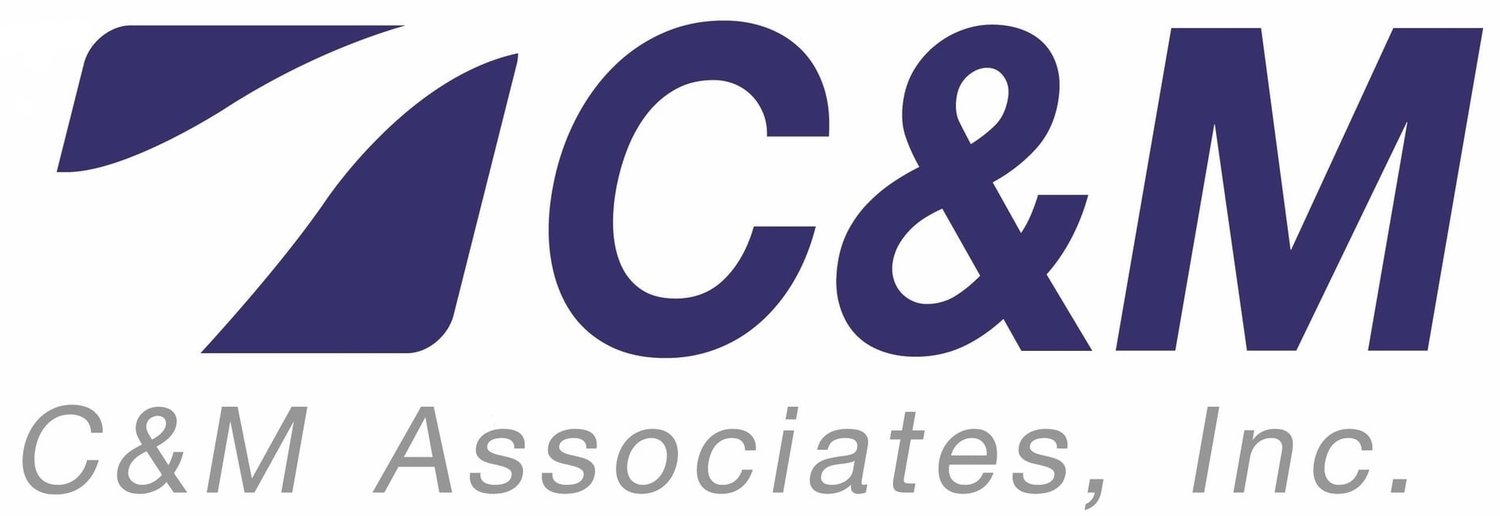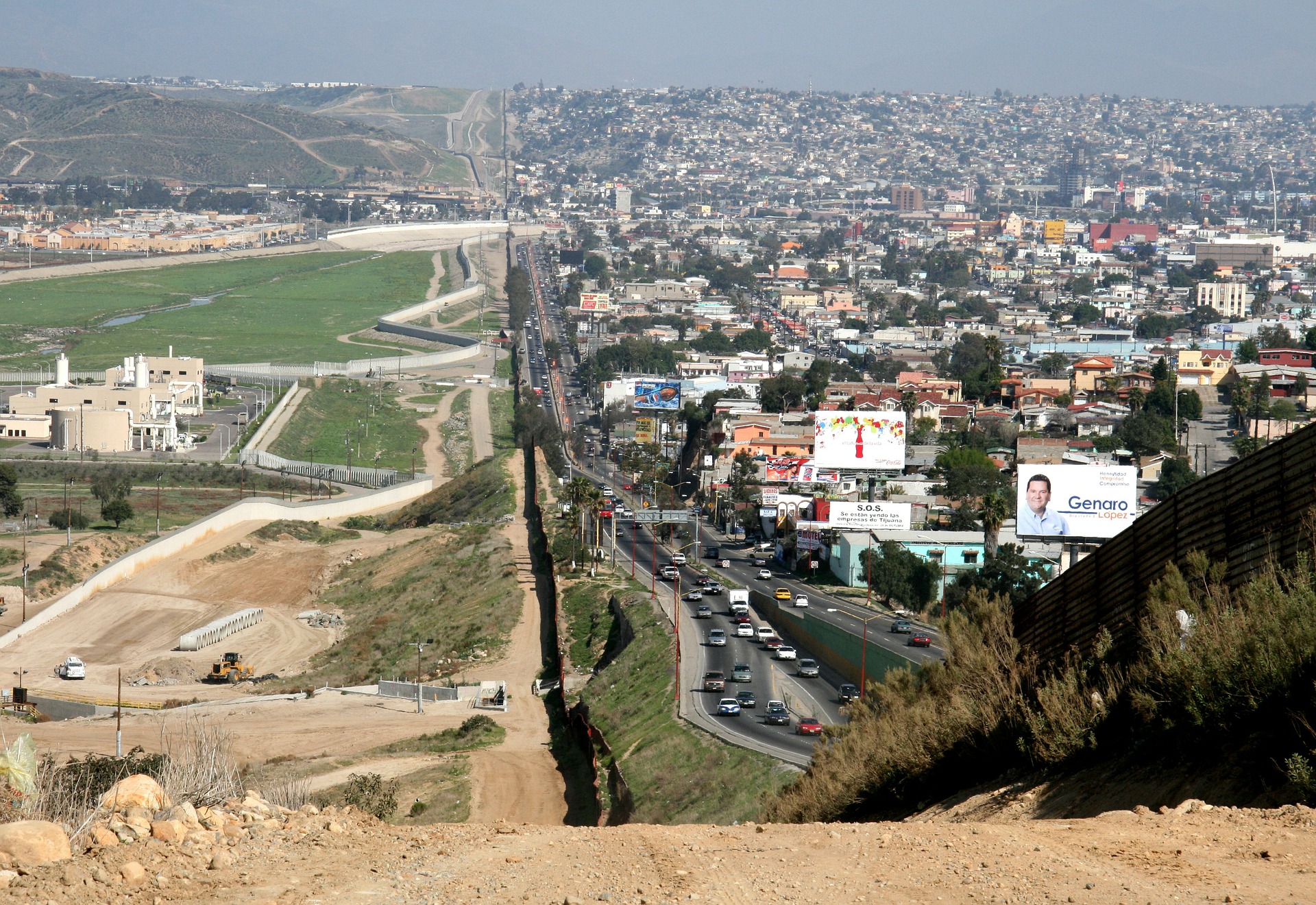C&M offers transportation planning services in Mexico, Canada, and the United States
Our staff has expert knowledge in the following areas:
- transportation planning
- multimodal transportation
- freight movement
- policy analysis
- border crossing
- transportation performance measures
- rail freight forecasting
- trucking
- public and stakeholder outreach
- alternatives analysis
- program implementation
Transportation Planning Along the U.S./Canadian Border
Bi-lateral trade between the United States and Canada is one of the largest in the world, and the majority of trade flows are concentrated at a few key border-crossing locations. The border crossings in southeast Michigan and southwest Ontario account for approximately one-third of the total bilateral trade between the United States and Canada. One of the main crossings in this area is the Ambassador Bridge, located west of the Detroit-Windsor tunnel and connecting southwest Detroit to western Windsor. On behalf of the Detroit International Bridge Company (DIBC), C&M developed traffic and revenue projections in 2013 for the Ambassador Bridge over a 25-year forecast period, taking into account the impact of the proposed New International Trade Crossing. C&M also reviewed the history of toll rate adjustments made by the DIBC to maintain toll rate parity between U.S. and Canadian dollar toll rates. These adjustments were compared with bridge traffic to estimate elasticity to toll rate adjustments.
C&M's Qualifications for Transportation Planning in States Bordering Mexico
C&M’s transportation planning experience includes important studies for the Mexican Communication and Transportation Ministry, as well as for Mexico’s National Railroad System. Through this experience, C&M has become thoroughly knowledgeable about current freight flows and major truck and rail corridors in Mexico.
Integration of traffic flows between Mexico and the United States. C&M has conducted analyses of North American Free Trade Agreement (NAFTA) and non-NAFTA traffic flows (i.e., Asian imports) and their integration to U.S. east-west traffic flows.
Analysis of Mexican port alternatives for Asian commerce flows. Congestion at west coast ports in the United States has fueled interest in the development of alternatives along the pacific from Vancouver, Canada to Lazaro Cardenas, Mexico. C&M’s talent pool includes consultants who have been at the forefront of Mexico’s port-planning efforts.
Projection of NAFTA and CAFTA traffic flows. Commerce along the U.S./Mexico border has resulted in economic, legal, and development opportunities and challenges for both countries. C&M is well-positioned to address regional forecasting needs due to its presence in the southern United States and its experience in travel demand forecasting in the region.
Understanding of Maquiladora traffic. The development of corridors between the United States and Mexico is both a response to and a driver of the dynamic maquiladora landscape along the border and in the Mexican heartland. C&M’s experience in analyzing how traffic flows are influenced by economic factors, including maquiladoras, can be an important asset to any border planning efforts.
Evaluation of Public Private Partnership (PPP) projects. C&M’s experience with Mexican PPP projects on behalf of the Secretaria de Comunicaciones y Transportes (SCT) or private developers includes the definition of tender documents and the overall PPP economic and legal framework, assistance in the development or evaluation of bids, and the development of traffic and revenue forecast to serve as a basis for financing.




